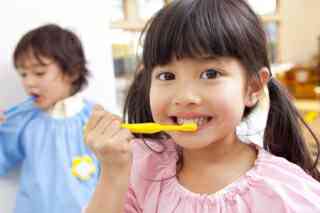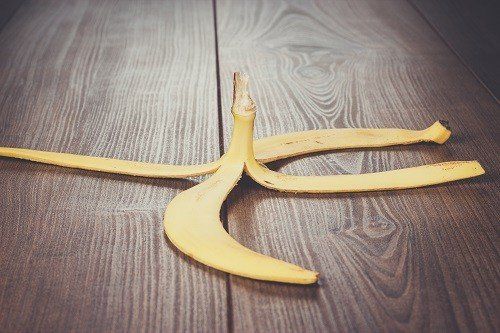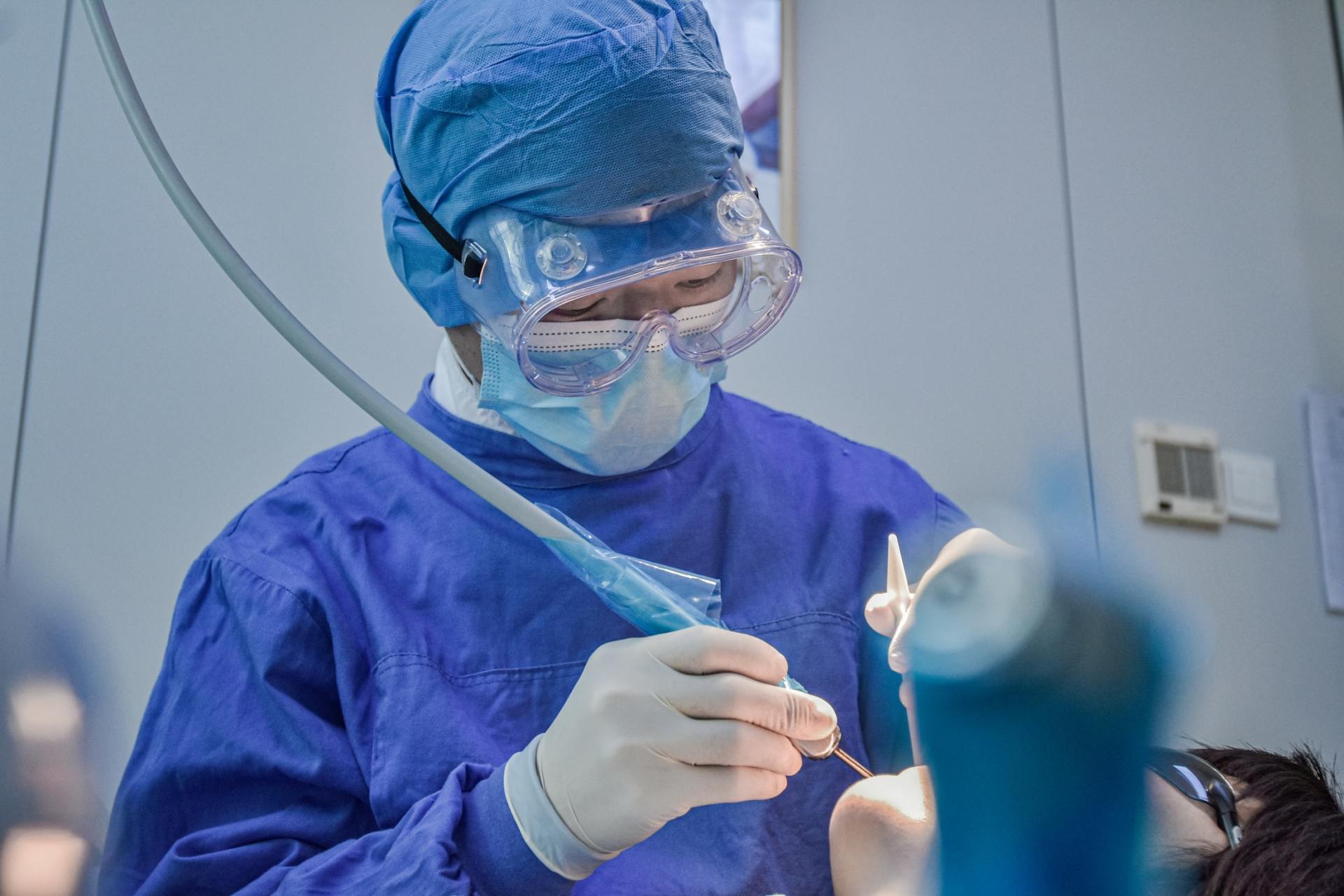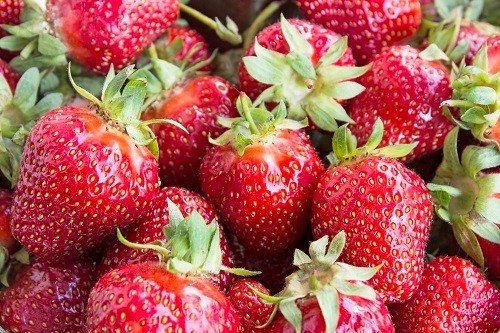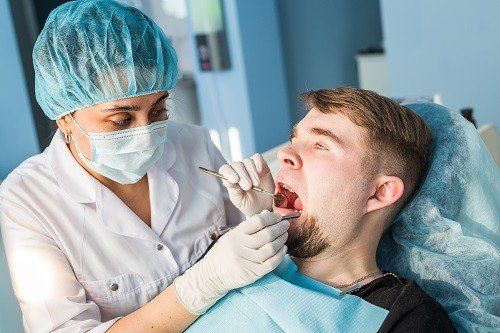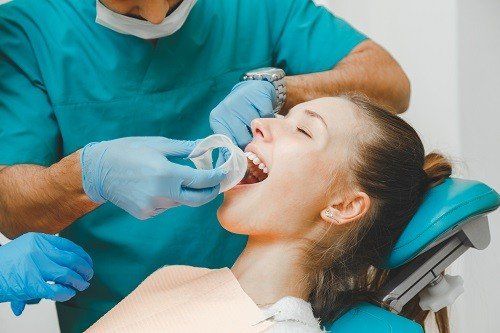Identifying and Protecting Baby Teeth
How to Identify and Protect Baby Teeth
It can sometimes be difficult to determine which teeth are in fact baby teeth and which ones are permanent or “adult” teeth. A child’s first tooth usually erupts around six months of age, and by the time children reach two or three years of age, they generally have all 20 of their primary teeth. By this time, children may also experience their permanent teeth beginning to peek through, and these teeth begin to replace children’s primary teeth until they are about 12 or 13 years of age.
As children get older, it can be harder to tell the difference between their baby teeth and their adult teeth. Having both baby teeth and adult teeth at the same time is known as “mixed dentition,” and the Tooth Eruption Chart provided by the American Dental Association often acts as a great guide for parents so they may know when their child’s primary teeth will begin to appear, when they will begin to fall out, and when their adult or permanent teeth will start to erupt.
Why Baby Teeth Are Important
Primary teeth, more commonly called baby teeth, play an important part when it comes to guaranteeing that a child has a healthy and beautiful smile as an adult. Primary teeth are responsible for holding space in the jaw for the permanent teeth to grow in properly. If there are small spaces between a child’s baby teeth, do not be concerned – these spaces allow extra room for the child’s permanent teeth when they erupt into the mouth and ensure they are placed properly along the jawline.
Why Baby Teeth Need to Be Protected
When a child’s primary tooth is injured or decayed, it is possible for the adult tooth underneath to become damaged or infected. Should the primary tooth need to be removed because of any decay, it is also possible for other teeth to move into that space and block the adult tooth from erupting properly. This can cause the child’s adult tooth to have trouble aligning, which can lead to further issues. In order to protect baby teeth, it is important to introduce the child to a proper oral hygiene routine.
How to Protect Baby Teeth
The American Academy of Pediatric Dentistry encourages parents to practice an oral hygiene routine with their children in order to keep primary teeth healthy and cavity-free. As for babies, keep their gums clean by using a cotton pad and graduate to the child brushing his or her teeth twice daily to prevent decay.
If you have further questions about developing an oral health routine for children's baby teeth, you can always sign up for our New Hampshire Family Discount Dental Plan and save as much as 20 percent on your dental bills. For more information, please click here.
Copyright: paylessimages / 123RF Stock Photo

